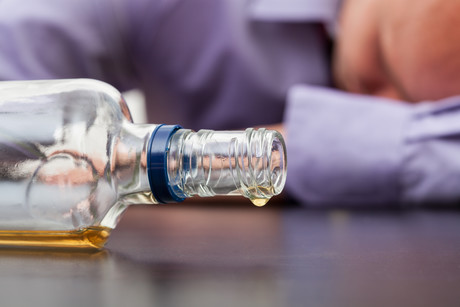Consumers drink more when alcoholic drinks labelled as low strength

Labels may be changing the way we view alcohol, as a study suggests that alcoholic drinks labelled as lower strength encourage people to drink more.
Alcohol is one of the leading causes of disease and premature death globally, resulting in many countries focusing on methods to reduce alcohol consumption.
In the UK, regulations that determine how low-alcohol drinks (those of 1.2% alcohol by volume, ABV, or less) may be described are due to expire in December 2018. This means the government is now seeking the best way to communicate information to the public going forward, including using alternative terminology and reviewing strength limits.
A study carried out by the Behaviour and Health Research Unit at the University of Cambridge and the Centre for Addictive Behaviours Research at London South Bank University examined the impact of labelling alcohol products as lower in strength.
“For lower strength alcohol products to reduce consumption, consumers will need to select them in place of equal volumes of higher strength products,” said Dr Milica Vasiljevic from the University of Cambridge. “But what if the lower strength products enable people to feel they can consume more?”
Based on this hypothesis, the researchers placed 264 weekly wine and beer drinkers — sampled from a representative panel of the general population of England — into three randomised groups where they could taste test drinks in a bar-laboratory environment. The only variable that changed was how the drinks were labelled.
Group one consumed drinks described as ‘Super Low’ and ‘4% alcohol by volume’ (ABV) for wine or ‘1% ABV’ for beer; group two’s drinks were labelled ‘Low’ and ‘8% ABV’ for wine or ‘3% ABV’ for beer; and group three tried drinks with no verbal descriptors of strength, but with the average strength on the market for wine (‘12.9% ABV’) or beer (‘4.2% ABV’).
Results indicated that the hypothesis was correct; the lower the alcohol strength labelled on the drink, the higher the total amount of drink consumed. The mean consumption of drinks labelled ‘Super Low’ was 214 mL, while regular (unlabelled) drinks was 177 mL. However, participants offered drinks labelled as ‘Low’ compared with ‘Regular’ showed no significant difference in the amount consumed.
Professor Theresa Marteau, senior author and director of the Behaviour and Health Research Unit, stated, “Labelling lower strength alcohol may sound like a good idea if it encourages people to switch drinks, but our study suggests it may paradoxically encourage people to drink more.”
So would lower strength alcohol products actually encourage responsible drinking and address health issues? The researchers suggested further studies are needed in a real-world setting, and to test whether any effects have the potential to harm health.
The study was published in the journal Health Psychology.
Matthews' stand offering deep 2D barcoding intel at FoodTech Qld
2D barcode demonstrations will be part of Matthews' offerings on its stand at FoodTech Qld in...
Out of the box: 2025 PIDA Awards finalists announced
Finalists have been announced for the 2025 Australasian Packaging Innovation & Design (PIDA)...
Registrations open for Australasian Packaging Conference
Early-bird registrations are now open for the 2025 Australasian Packaging Conference, coordinated...














